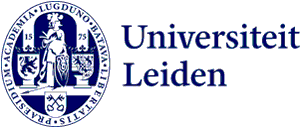Linguistics (specialisation) (MA)
Comparative Indo-European Linguistics
Almost all languages of Europe and of a large part of western Asia belong to a single language family, which is called Indo-European, and which includes modern languages like English, Dutch, Russian, Farsi, but also ancient ones like Ancient Greek, Latin, Hittite and Sanskrit.
All these languages ultimately derive from a single ancestor language, which was spoken more than 5000 years ago. But how do we know that these languages are related in the first place? In what way is it possible to reconstruct the grammar and lexicon of the Proto-Indo-European mother language? By which mechanisms did Proto-Indo-European split up and why did all the daughter languages develop in different ways? What kind of linguistic changes can be reconstructed for the prehistories of all these languages? The theme ‘Comparative Indo-European linguistics’ combines courses that deal with all these questions.
Theme coordinator: Prof.dr. Michaël Peyrot
Detailed programme
For a detailed programma, see the online study guide.
Please note that the Prospectus shows a provisional programme and list of courses.

